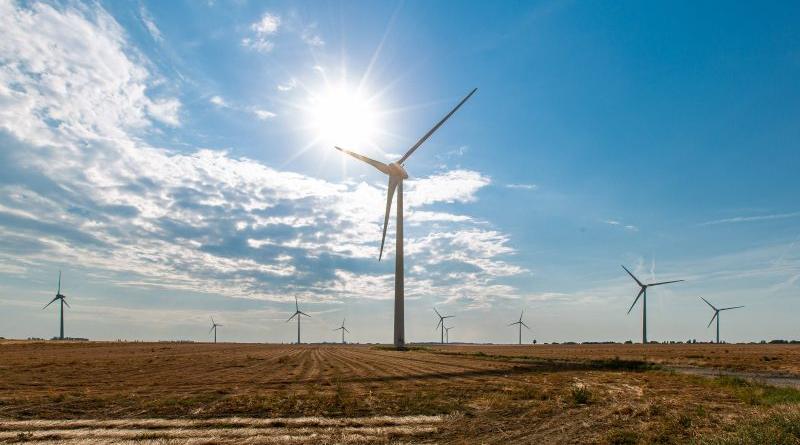Renewable energy directive: Three key measures to speed up deployment

RED III, Member States must soon implement numerous measures to speed up permitting for renewable energy (RES) projects.
Three key measures are presented in this article. Some of these measures were already introduced as temporal rules in the EU Council emergency regulation 2022/2577 of December 2022 and will now become permanent with the inclusion in RED III.
Simplified rules for “renewables acceleration areas”
A key measure of RED III is the definition of so-called renewables acceleration areas (go-to-areas in earlier drafts of RED III). RES projects in these areas benefit from reduced legal requirements and shorter, simplified permitting processes.
Specifically, applications for RES projects or co-located energy storage facilities within these areas and their connection to the grid shall be exempted from both the environmental impact assessment and the assessment of their implications for Natura2000 sites. Both assessments are complex and time-consuming. An exemption can thus have a significant impact on the required acceleration.
By 27 months after entry into force, EU Member States must designate renewables acceleration areas. Identifying such areas should prioritise, among others, artificial and built surfaces, transport infrastructure and their direct surroundings, industrial sites and degraded land not usable for agriculture.
High-value environmental areas such as Natura 2000 sites must be excluded from these acceleration areas. The plans designating the areas shall be subject to a strategic environmental assessment and ensure public participation. On a project level, effective mitigation or (monetary) compensation measures to avoid or reduce the negative environmental impacts shall be implemented.
Member States may further introduce dedicated infrastructure areas to develop grid expansion and storage projects necessary to integrate RES into the electricity system.
Shorter permitting deadlines and fewer exemptions
The previous RED II already mandated maximum permitting times of two years (plus a possible extension of up to one year for most projects). These deadlines were reinforced by the emergency regulation in December 2022.
RED III now mandates that within renewables acceleration areas, permitting times shall not exceed one year (two years for offshore projects) for new plants and six months (one year for offshore projects) for repowering of plants and for new installations with an electricity capacity of less than 150 kW.
These durations may only be extended by a maximum of six months, both in and outside the designated areas. All extensions need to be reported to the project developer explaining the extraordinary circumstances that justified the extension.
RED III furthermore mandates that – in some cases – the lack of an answer from the administration within the prescribed deadlines will result in tacit approval of the specific administrative step. The tacit approval principle will not apply in three cases: in case projects are subject to an environmental impact assessment, in case the decision is the final decision in the process and, thirdly, in Member States where this principle does not exist in the legal system.
Now institutionalised with RED III, many of the ambitious maximum durations defined in the emergency regulation will continue to apply. For instance, the permit-granting process for solar energy equipment (including storage units) in artificial structures shall not exceed three months. The deadline is even shorter for solar energy equipment up to 100 kW (50 kW in the emergency regulation) and heat pumps below 50 MW, in which case the process cannot exceed one month.
Overriding public interest
RED III declares an overriding public interest in the planning, construction and operation of RES projects, storage, and associated connection to the grid.
This presumption allows projects to benefit from a simplified assessment regarding specific environmental rules. It also implies that RES projects will have priority where conflicting legal interests need to be balanced.
As a result, the grounds for legal claims to RES projects are now more limited. This clarification could help with further reducing the duration of permit-granting processes.
Outlook
The three presented measures of RED III can have a significant impact on the acceleration of permit-granting procedures.
However, the directive leaves room for interpretation, which could limit its effect. For example, while Member States are obliged to designate renewables acceleration areas, the size is not further defined. Member States are only required to ensure that the size of these areas is “significant”.
Furthermore, the sole setting of tougher rules, such as the tacit approval in case of silence, is arguably not enough to solve the problems. Member States need to also address the root causes of the delays. An important step in the right direction is the requirement for MS to allocate more resources to ensure qualified staff and to provide adequate training to manage ever-increasing numbers of RES applications. Coordination between different levels (national, regional, local) should further be streamlined to make the process faster and more transparent.
The definition of ambitious maximum deadlines can be an essential accelerator. However, the mere determination of deadlines is not sufficient. Member States should also introduce compliance measures in cases where the administration fails to respond within the time limits and guarantee swift administrative remedies.
cover photo:A key measure in the updated renewable energy directive is the definition of so-called renewables acceleration areas, with simplified permitting procedures. [European Union, 2020]






